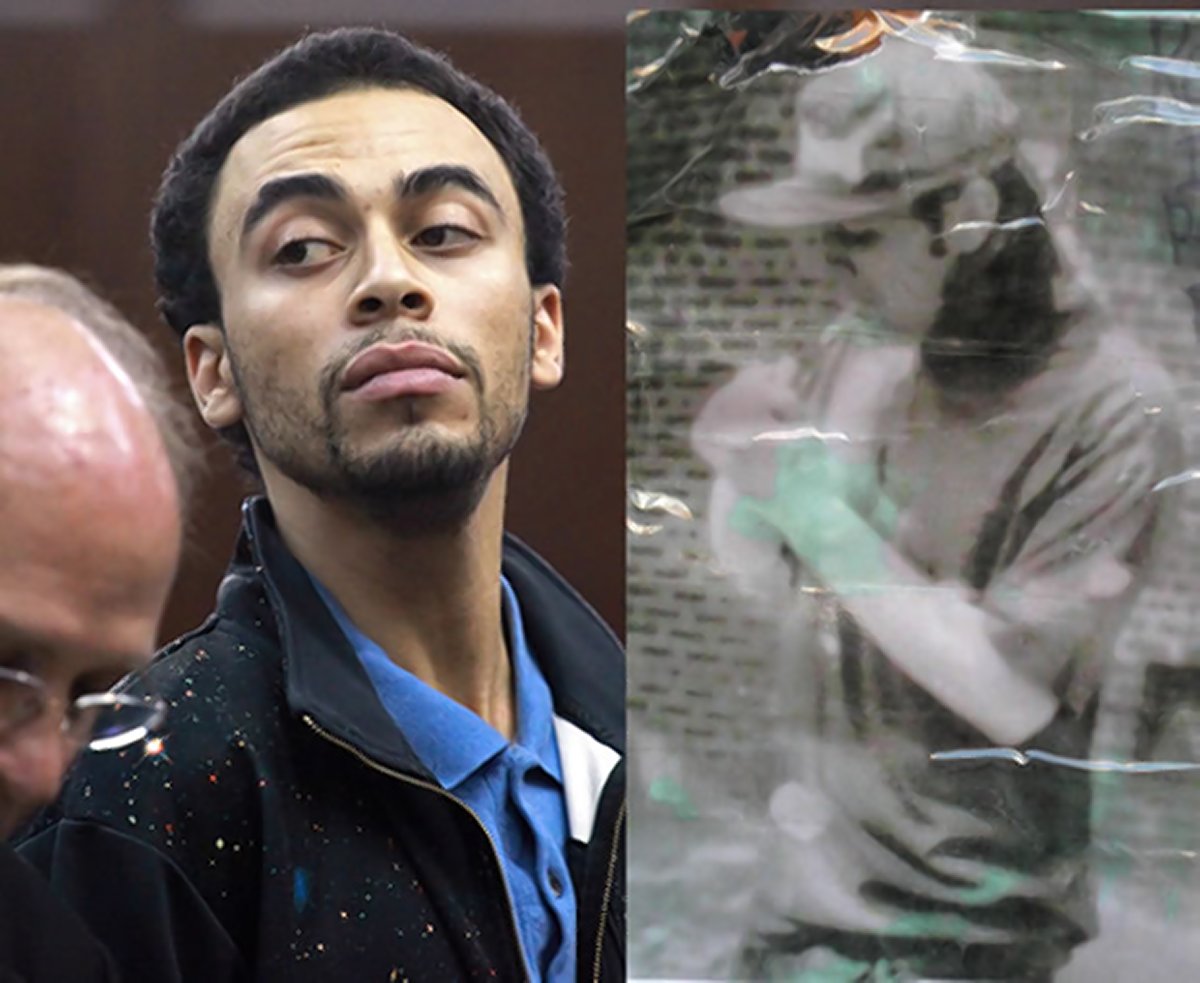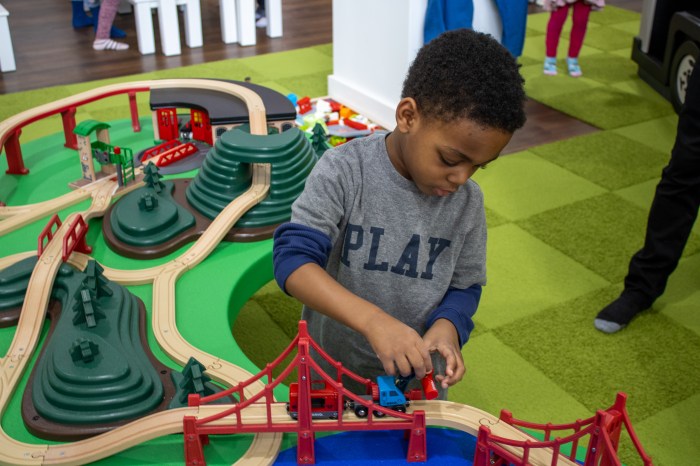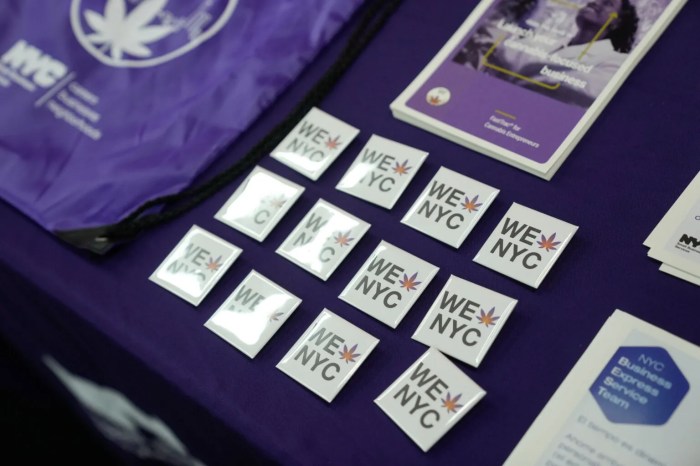
BY LINCOLN ANDERSON | On June 6, East Village graffiti artist Jairo Pastoressa pleaded guilty to first-degree manslaughter in connection with the stabbing death of Christopher Jusko, 21, in 2010.
In return for Pastoressa’s plea, the judge had promised him a sentence of 10 years in prison, with five years of post-release supervision — and that was what Pastoressa was sentenced to on Tues., June 28.
Pastoressa’s mother, Anna Pastoressa, said her understanding is that her son’s nearly six years spent on Rikers Island awaiting trial will count as “credit” toward his 10-year sentence, so he will likely only have to serve up to four more years.
At 5:30 a.m. on Oct. 25, 2010, Pastoressa, who was then 25, and Jusko had a fateful showdown in the hallway outside Pastoressa’s apartment at 272 E. 7th St., a lawless former squat infamous for its turmoil. Pastoressa was armed with an 8-inch knife that he had grabbed from his kitchen.
Jusko, a rival tagger, grew up in Stuyvesant Town but had been living in Bushwick. The two young men had reportedly been feuding over a woman.
Jusko wound up slashed in the neck and back and staggering down the stairs, dying on the sidewalk outside. Pastoressa turned himself in to police the next day.
As The Villager reported this past February, Pastoressa and his mom were reaching the breaking point as the graffiti artist continued to be held on Rikers — approaching five-and-a-half years — without a trial. Initially, Jairo had been put on a suicide watch and moved to Kirby Forensic Psychiatic Center on Wards Island, then was returned to Rikers. A “psych defense” was considered, then dropped. There were changes of the judge on the case, as well as defense lawyers.
“The fact that he has spent six years on Rikers is totally absurd,” Anna told The Villager last week. “He can’t wait to get the hell out of that island. He told me, ‘After six years of abuse on this island, I can do four years [Upstate] in my sleep.’ … It was his choice. They offered him a plea, and he took it.”
Rikers has taken a toll on Jairo, as it does on everybody, she said.
“They torture them on ‘Torture Island,’ that’s what I call it,” she said. “That island should be shut down… He couldn’t do a trial. He’s too fragile at this time. He’s too broken-down. And he didn’t want to put Jusko’s family through it. He can’t endure having them in the room and looking at him.”
When he pleaded guilty a month ago, Jairo apologized — though a statement wasn’t necessarily expected — to Jusko’s family members.
“He said, ‘I’m not that kind of person, the way I’m being depicted here. … I’m very sorry,’ ” according to his mother.
Jusko’s family did not attend the court date.
“Jairo feels very bad about this. He couldn’t endure a trial — for the family…for him,” Anna said. “Dirt would be dug up. He said, ‘I can’t put anyone through it.’ ”
Anna, for her part, says Jairo “is not a killer” and acted in self-defense when Jusko confronted him. But prosecutors had argued that Jairo lured Jusko to the building, saying “they would settle it like men,” only then to attack him.
“I would have liked him to go to trial because I think he would have got off,” his mom said. She noted that she had gathered evidence to bolster Jairo’s defense, but now that he has pleaded, will refrain from sharing it publicly.
In preparation for Jairo’s transfer to an Upstate prison, Anna said, he was moved to another section of Rikers and everything was taken away from him, including his treasured colored pencils, Kool-Aid powder and other “MacGyvered” art materials. He used the scrounged-up media to create deftly drawn graffiti artworks and decorated T-shirts and other apparel while behind bars.
Indeed, Jusko’s tragic stabbing not only snuffed out one graffiti artist’s life but derailed the budding career of another. Antonio “Chico” Garcia, the East Village’s legendary “godfather of graffiti murals,” had been grooming Jairo to be his heir. And the Lower Eastside Girls Club reportedly had been hoping the talented young tagger would teach silkscreening at their clubhouse.
Meanwhile, the former squat at 272 E. Seventh St. still has not been brought under control and up to code by the city. The front-door locks reportedly still frequently need to be changed to keep people from breaking in. The building has running water, but no gas or heat.
Anna has since given her son’s former apartment to a friend of hers.
“The City of New York owns the building — and that’s the truth,” Anna said.
In hindsight, she added, “It was a very bad decision. Jairo should never have been living there.”

















